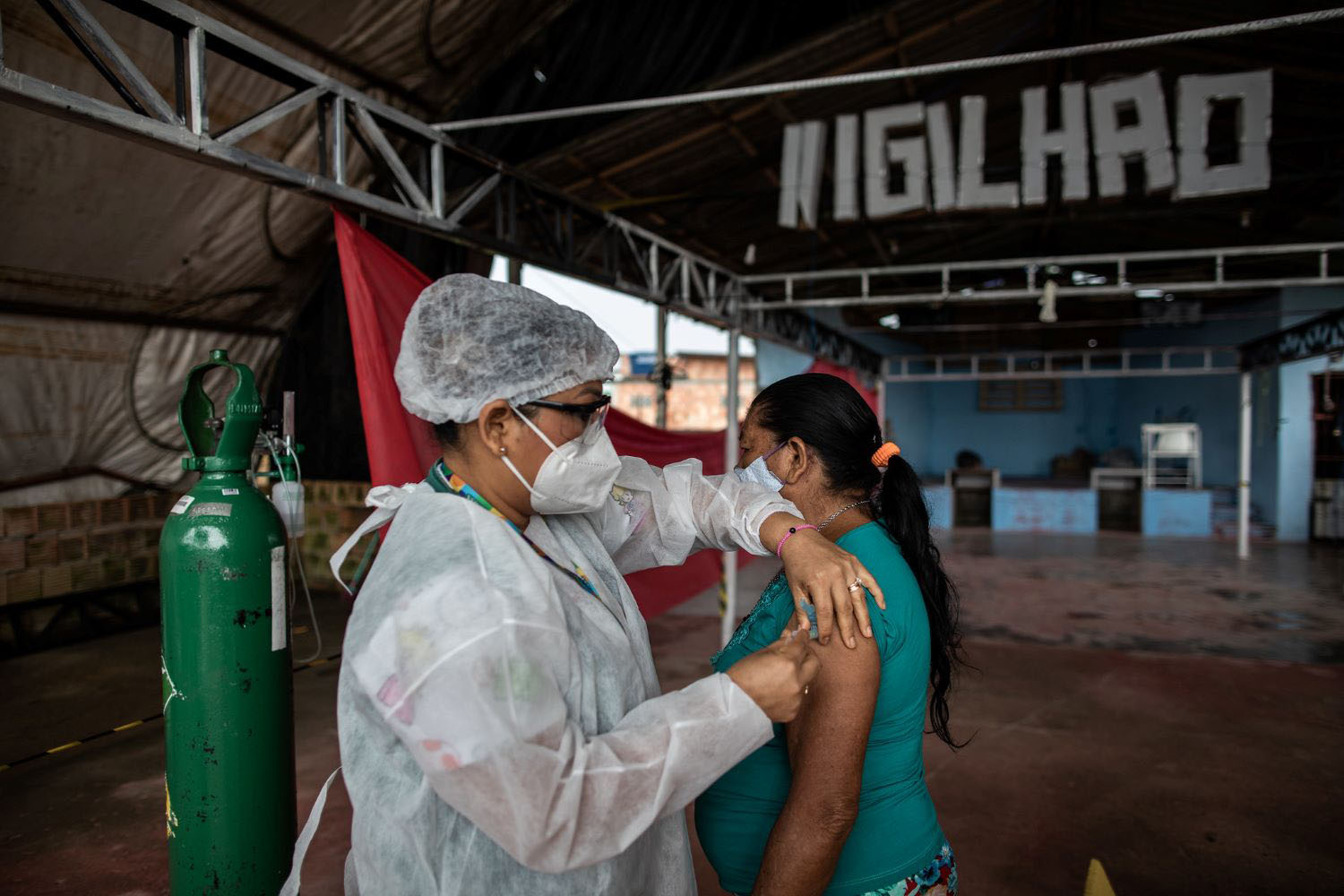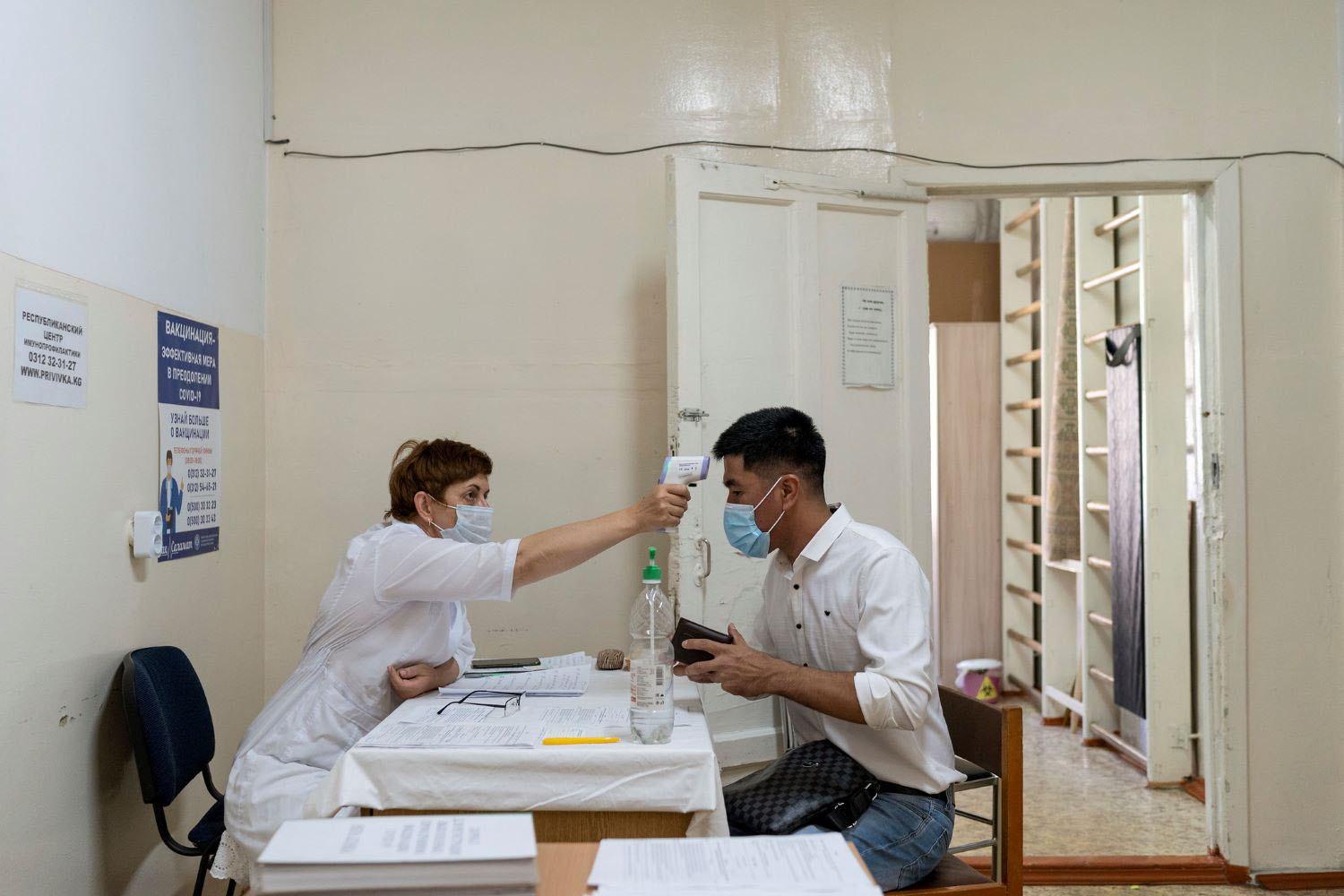World AIDS Vaccine Day was May 18. Where do we stand? As an economist, I’m going a bit out on a limb here, blogging about biology. Hopefully blog readers will correct my worst errors. But here’s my read …Remember the story about how Pasteur discovered vaccines by observing that milkmaids had clear complexions? Having been exposed to the antigens in the cowpox virus, the immune systems of these French women generated antibodies which then could attach themselves to the similarly shaped smallpox virus, allowing immune system hunter-killers to destroy smallpox virus particles and protect the women from the disfiguring and often fatal scourge. This approach is still the primary strategy for developing vaccines, and will be followed in developing a swine flu vaccine, for example. However, so far it has not worked for HIV. Out of frustration, researchers have turned to the other major component of the immune system, the so-called T-cell, in the hope that by stimulating its response to HIV they could at least partially protect against infection and perhaps slow the progression of those infections not prevented. The disappointing and disheartening STEP vaccine trial of 2007, which had to be halted when it appeared that the vaccine actually facilitated HIV transmission rather than preventing it, followed this second and less intrinsically promising strategy.So here’s the new idea: Instead of trying to teach the human immune system how to make the right antibodies, how about endowing the human body with an entirely new capability – the ability to generate HIV-specific antibodies regardless of previous exposure to any fragments of HIV. If people with this ability were exposed to real HIV, their artificially generated antibodies would already be available to tag the virus so the hunter-killer cells could immediately join the chase.Researchers led by Philip Johnson at the Children’s Hospital of Philadelphia have just announced success at doing almost exactly that – but so far only with mice and monkeys. [See the Nature Medicine article and the Philadelphia Inquirer story.] They inject these animals with a harmless virus that has been genetically modified to take up residence in muscle tissue and “express” selected HIV antibodies, which then circulate in the animal’s body. The researchers refer to these “bionic” antibodies as “antibody-like immunoadhesins”. I guess that’s because, although they were not generated by an organic immune system, they behave like real antibodies in tagging or “adhering” to the HIV particle.To me this sounds like science fiction. The term “anti-body like immunoadhesions” could have been dreamed up by a Star Trek special effects tech. People whose immune systems are enhanced in this way will actually be superhuman, since they will be endowed with a new biological capability, a kind of programmed invulnerability to HIV. Since their own genes would not be modified, their new ability would not be heritable by their children. They would be more like the "bionic woman" or the protagonist of “Alias” than like the genetically evolved “X-men”.Although achieving this objective in animals might be an exciting breakthrough in immunology, with numerous lucrative benefits outside of HIV, this progress towards a new way to achieve antibody protection should not make us complacent regarding HIV prevention. Neither mice nor monkeys have proved very useful in the past for predicting how a HIV drug or vaccine would perform in humans. Injecting human beings with genetically modified viruses must proceed slowly and carefully, for fear of noxious side-effects that have not been detected in the animal studies. Only after safety has been rigorously demonstrated, will efficacy trials be possible – and they may not work as well in people as they have in animals. As Seth Berkeley, the President of the International AIDS Vaccine Initiative, says in his new posting in honor of AIDS Vaccine Day,
“[T]hese developments will not lead us directly to an AIDS vaccine. There is much work to do, and more failure ahead, certainly. But the point is, despite disappointments, overall, AIDS vaccine science is progressing.”So on World AIDS Vaccine Day I am left with the thought that there is no magic medical breakthrough which will come along soon enough to prevent the next several millions of cases of HIV infection. On the vaccine front, “there is more failure ahead.” While vaccine researchers continue to investigate new ideas like those reviewed by Seth, hoping that supermen and bionic women lie in our future, the only prospect for slowing HIV transmission for the coming decade or more lies in strengthening HIV prevention though behavioral change. The techniques of randomized controlled trials and large scale experimentation in the search for an HIV vaccine, and the financial resources that have supported them, now need to be deployed in earnest to test the effectiveness of behavioral change interventions. Mechanisms like the advanced market commitment should be used to stimulate private sector financing of HIV vaccine research, so that public HIV prevention resources focus primarily on researching behavioral change interventions.
Disclaimer
CGD blog posts reflect the views of the authors, drawing on prior research and experience in their areas of expertise. CGD is a nonpartisan, independent organization and does not take institutional positions.





